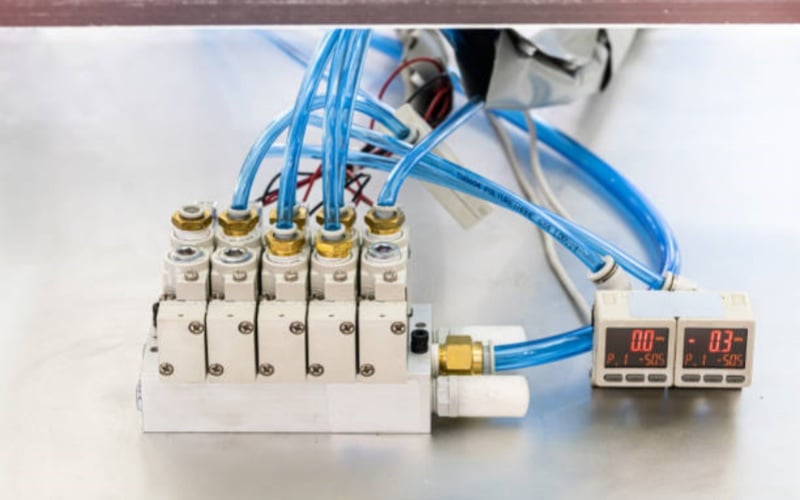Introduction
When it comes to building or maintaining a computer, one of the most crucial components to consider is the CPU (Central Processing Unit). The CPU is responsible for executing instructions and performing calculations, making it the brain of your computer. To ensure optimal performance and prevent overheating, it is common practice to use a heat sink to dissipate the heat generated by the CPU. However, have you ever wondered if it is possible to use a CPU without a heat sink? In this article, we will explore the pros and cons of running your CPU without a heat sink.
The Purpose of a Heat Sink
Before delving into the topic, it is important to understand the purpose of a heat sink. A heat sink is a passive cooling device that transfers heat away from the CPU. It consists of metal fins and a base that is in direct contact with the CPU. The fins increase the surface area, allowing for better heat dissipation, while the base conducts the heat away from the CPU and into the surrounding air. The use of a heat sink helps to prevent the CPU from reaching critical temperatures that can lead to performance degradation or even permanent damage.
Pros of Using a Heat Sink
Using a heat sink with your CPU offers several advantages:
1. Temperature Regulation
A heat sink helps regulate the temperature of your CPU by dissipating the heat generated during operation. By keeping the temperature within a safe range, you can ensure optimal performance and longevity of your CPU.
2. Overclocking Possibilities
Overclocking is the process of running your CPU at higher speeds than its default specifications. While this can lead to increased performance, it also generates more heat. With a high-performance heat sink, you can safely overclock your CPU without risking overheating.
3. Protection Against Thermal Throttling
Modern CPUs are designed with built-in thermal throttling mechanisms. When a CPU reaches a certain temperature threshold, it automatically reduces its clock speed to prevent overheating. By using a heat sink, you can mitigate the risk of thermal throttling and maintain consistent performance.
Cons of Using a CPU Without a Heat Sink
Now that we have explored the advantages of using a heat sink, let's discuss the potential drawbacks of running your CPU without one:
1. Increased Risk of Overheating
The most significant risk of running a CPU without a heat sink is the increased likelihood of overheating. Without a heat sink to dissipate the heat, the CPU can quickly reach critical temperatures, leading to performance issues, system instability, or even permanent damage.
2. Reduced Lifespan
Heat is the enemy of electronic components, and CPUs are no exception. Continuous exposure to high temperatures can significantly shorten the lifespan of your CPU. A heat sink helps to prolong the life of your CPU by keeping temperatures in check.
3. Limited Overclocking Potential
If you are someone who enjoys pushing your CPU to its limits through overclocking, not using a heat sink will severely limit your overclocking potential. The increased heat generated by overclocking without proper cooling can quickly lead to instability and damage.
Conclusion
In conclusion, while it is technically possible to use a CPU without a heat sink, it is strongly advised against. The advantages of using a heat sink, such as temperature regulation, overclocking possibilities, and protection against thermal throttling, far outweigh the potential drawbacks. Running your CPU without a heat sink significantly increases the risk of overheating, reduces the lifespan of your CPU, and limits your overclocking potential. Therefore, it is always recommended to use a high-quality heat sink to ensure the optimal performance and longevity of your CPU.

